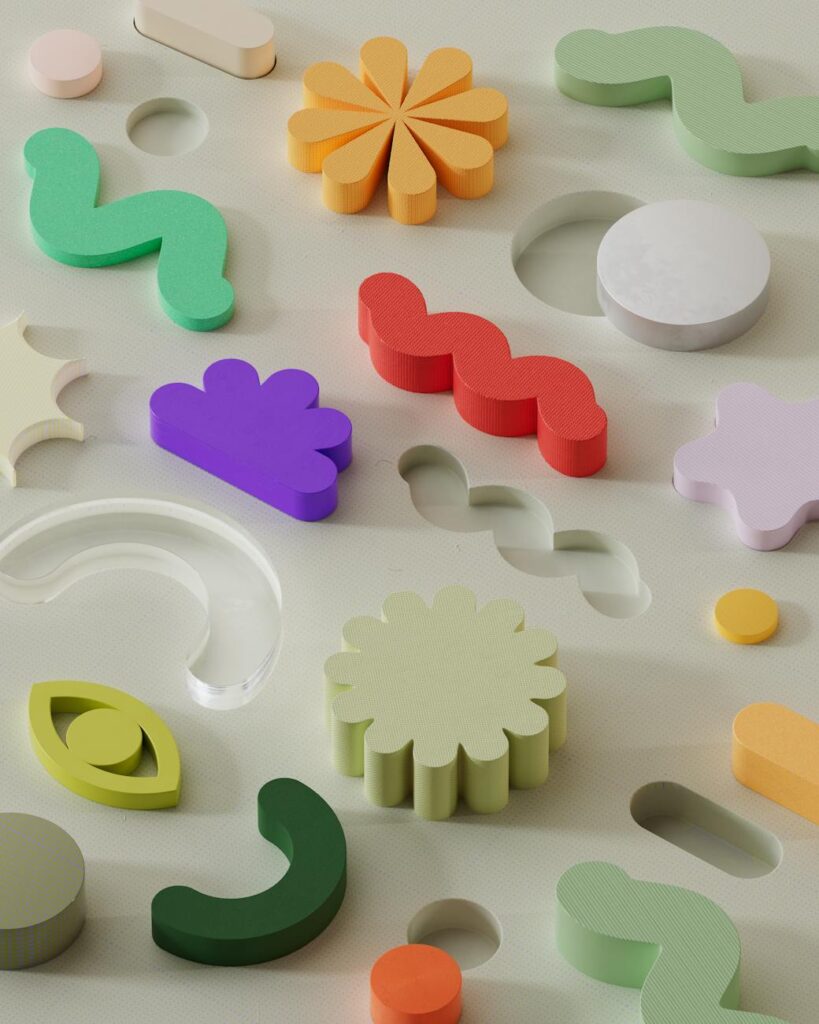A Guide to Earning Yield on Tokenized Real-World Assets
Let’s be honest, the world of finance can be a bit…opaque. Remember the 2008 crash? I was working with a small startup then, and let me tell you, it was a rollercoaster. But within that complexity lies opportunity, and right now, one of the most intriguing developments is the rise of tokenized real-world assets. These digital representations of tangible assets, from real estate to fine art, are changing how we invest and earn yield. So grab a coffee, settle in, and let’s dive into this fascinating world.
What are Tokenized Real-World Assets?
Simply put, tokenized real-world assets are digital tokens representing ownership of a physical asset. Think of it like a digital deed to a property or a fraction of a gold bar, but instead of a dusty filing cabinet, it lives on a blockchain. This allows for fractional ownership, increased liquidity, and potentially higher yields.
Why Invest in Tokenized Real-World Assets?
Remember that startup I mentioned? Well, if we’d had access to fractional real estate investment back then, diversifying our portfolio wouldn’t have been such a headache. Tokenization democratizes access to traditionally illiquid assets, opening up opportunities for everyday investors. Plus, the potential for passive income through yield generation is a major draw.
Earning Yield on Tokenized Real-World Assets: A Breakdown
There are several ways to generate yield with these innovative assets:
- Staking: Locking your tokens in a specific protocol to earn rewards. Think of it like earning interest on a savings account, but often with much higher returns.
- Lending: Loaning your tokenized assets to borrowers in exchange for interest payments. This can be done through decentralized finance (DeFi) platforms, offering exciting opportunities in a rapidly evolving space.
- Yield Farming: Participating in DeFi protocols to maximize returns by strategically moving assets between different platforms and strategies. This is more complex but can potentially lead to higher yields.
- Rent/Dividends: If the underlying asset generates income (like a rental property or a dividend-paying stock), the token holder receives a portion of that income.
Exploring Specific Asset Classes
The beauty of tokenization is its versatility. Here are some examples:
- Real Estate: Own a fraction of a skyscraper or a luxury villa without the hassle of property management.
- Commodities: Invest in gold, silver, or even rare earth minerals with unprecedented ease and transparency.
- Art & Collectibles: Own a piece of a masterpiece or a rare vintage car, even if you can’t afford the whole thing.
“The tokenization of real-world assets is not just a trend; it’s a paradigm shift in how we invest and interact with value.”
Navigating the Risks
No investment is without risk, and tokenized assets are no exception. It’s crucial to understand the regulatory landscape, the underlying asset’s performance, and the security of the platform you’re using.
Due Diligence is Key
Before jumping in, thoroughly research the project, the team behind it, and the asset being tokenized. Look for reputable platforms with strong security measures and transparent practices. Remember, a little homework goes a long way.
The Future of Tokenized Real-World Assets
The potential for tokenized real-world assets is immense. Imagine a world where access to investment opportunities is truly democratized, where liquidity is readily available, and where fractional ownership is the norm. We are just at the beginning of this exciting journey, and the possibilities are endless. As with any emerging technology, staying informed and understanding the risks is crucial. But with careful consideration and a little bit of savvy, tokenized real-world assets can unlock a whole new world of financial opportunity.

Choosing the Right Platform
Selecting the right platform for investing in tokenized real-world assets is crucial. Factors to consider include security, fees, available assets, and regulatory compliance.


